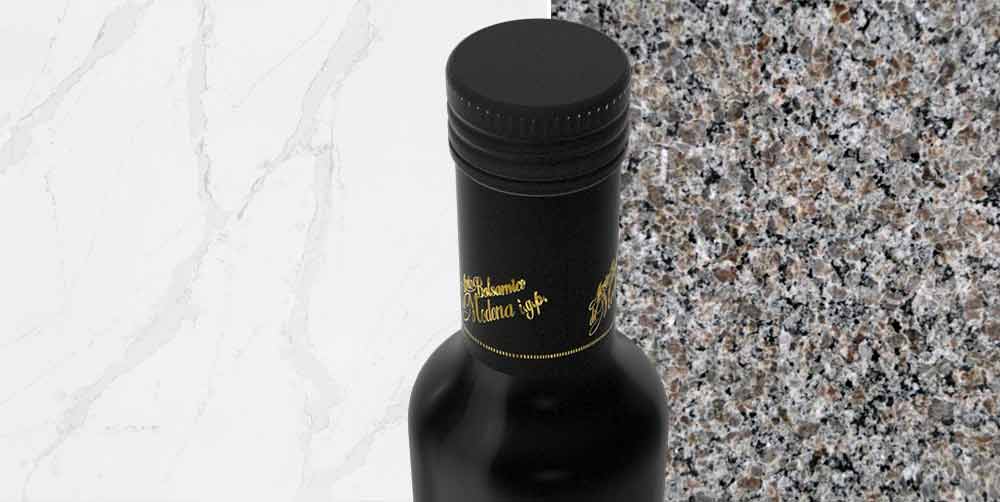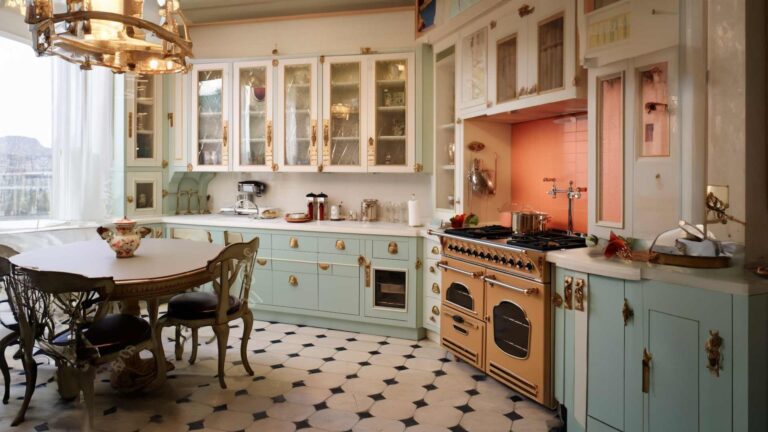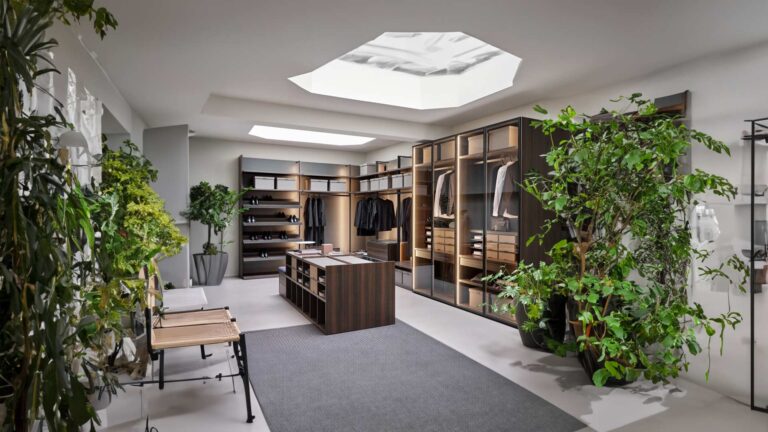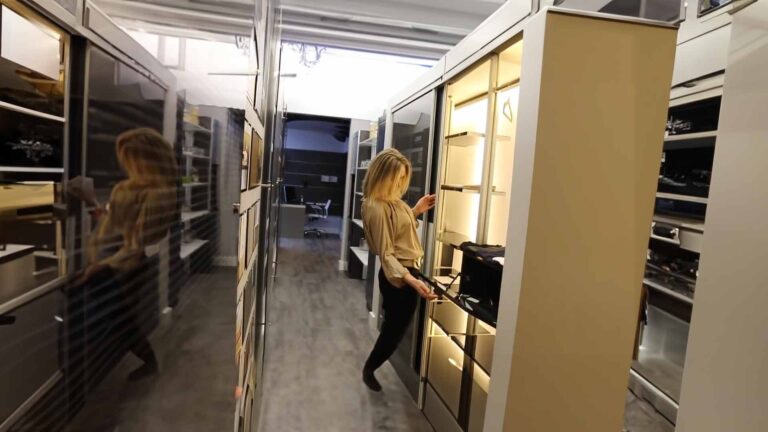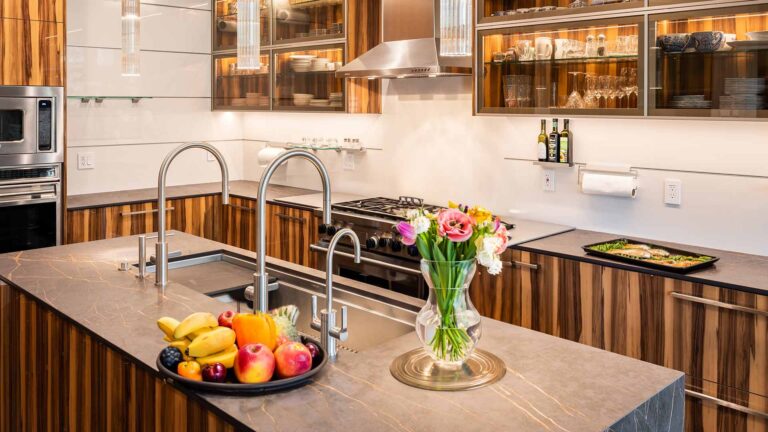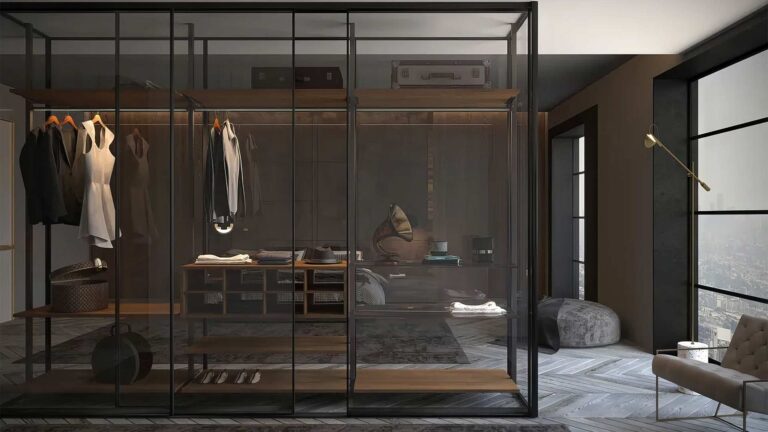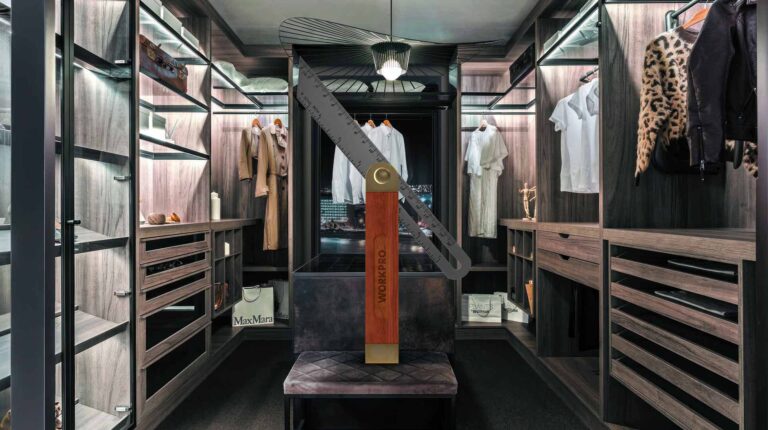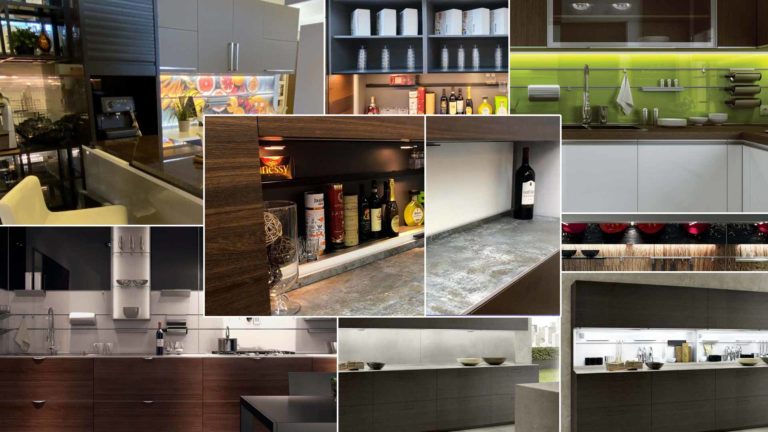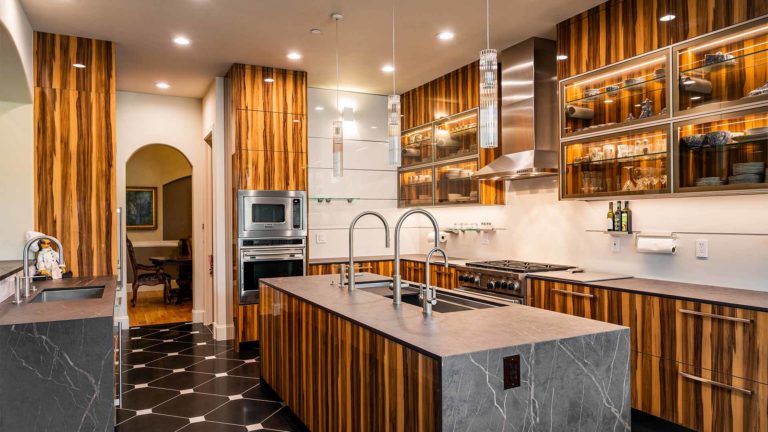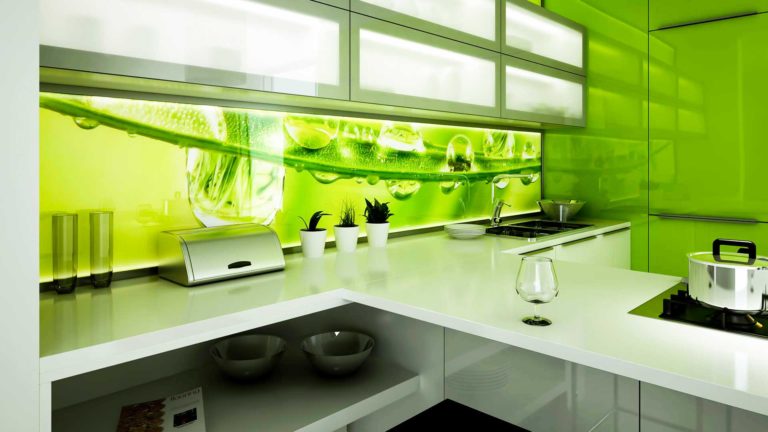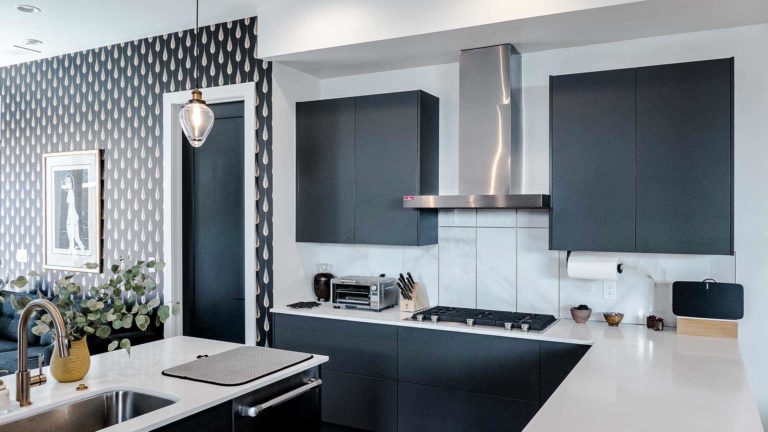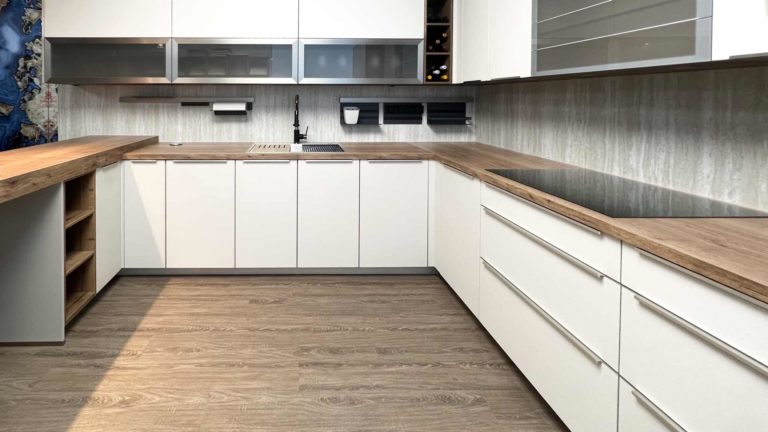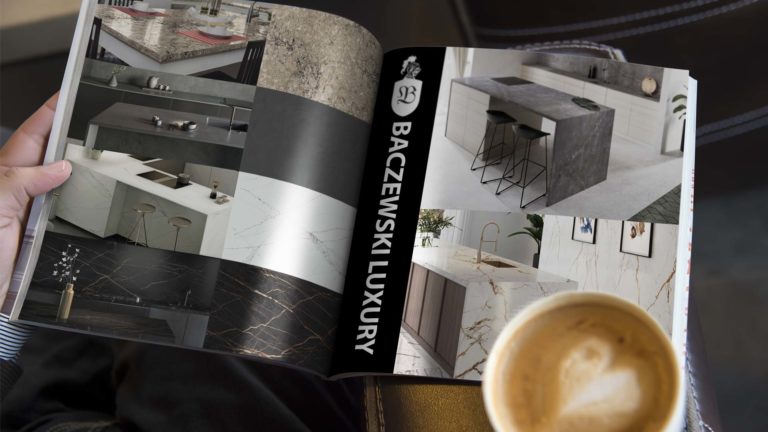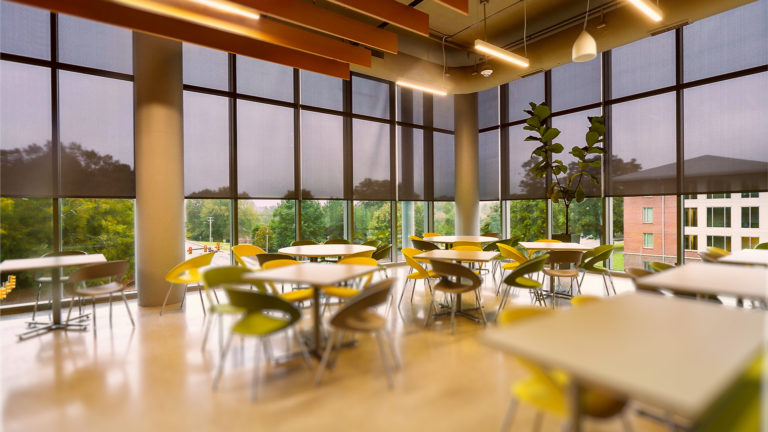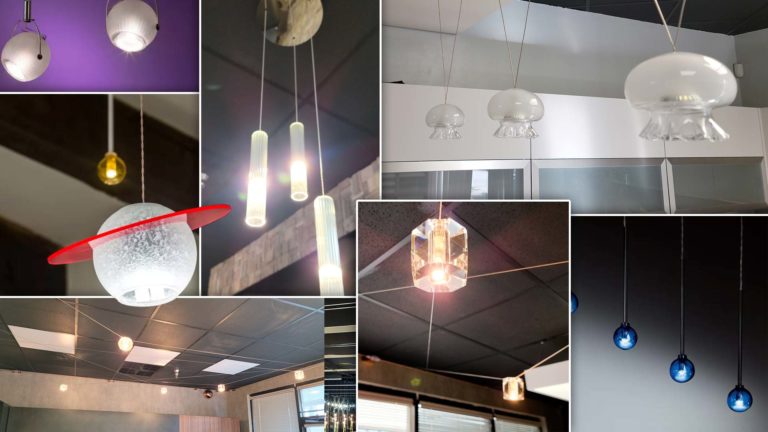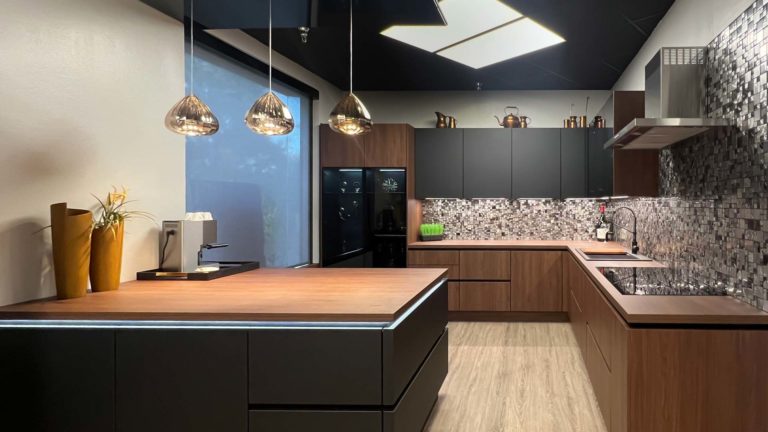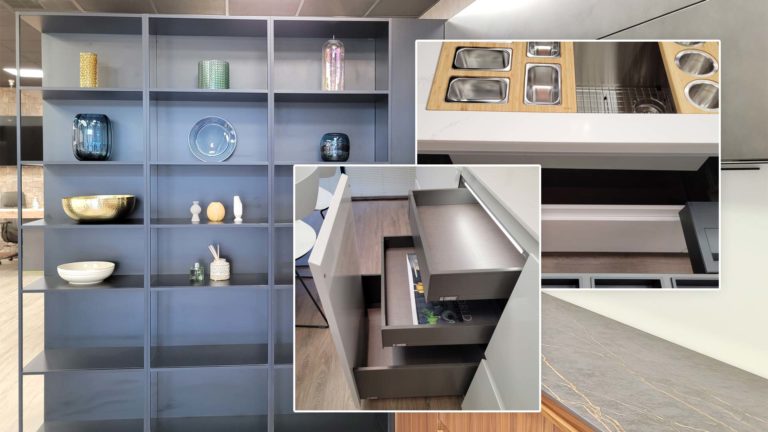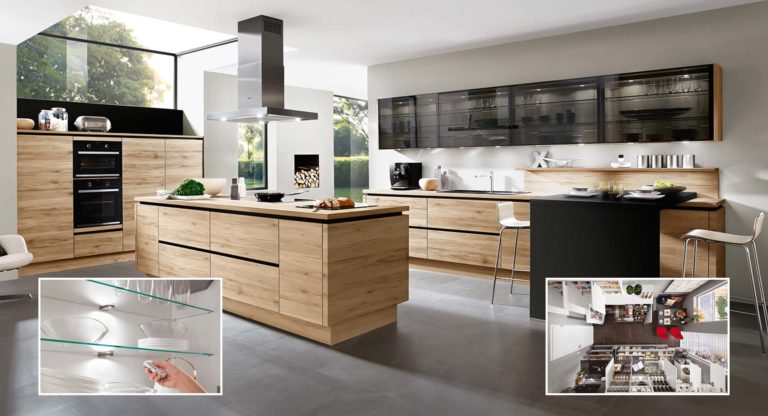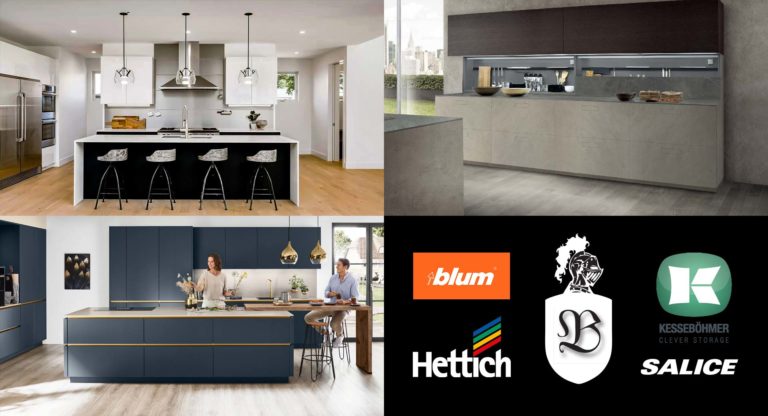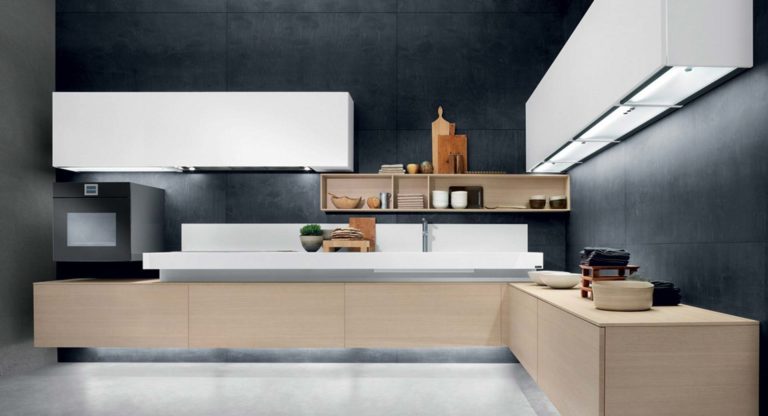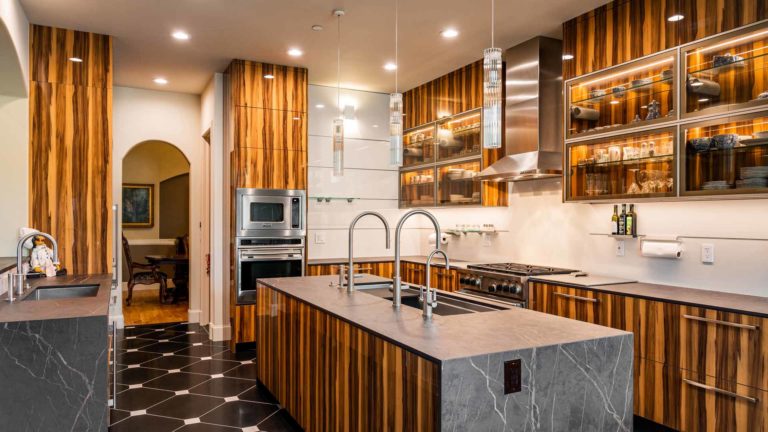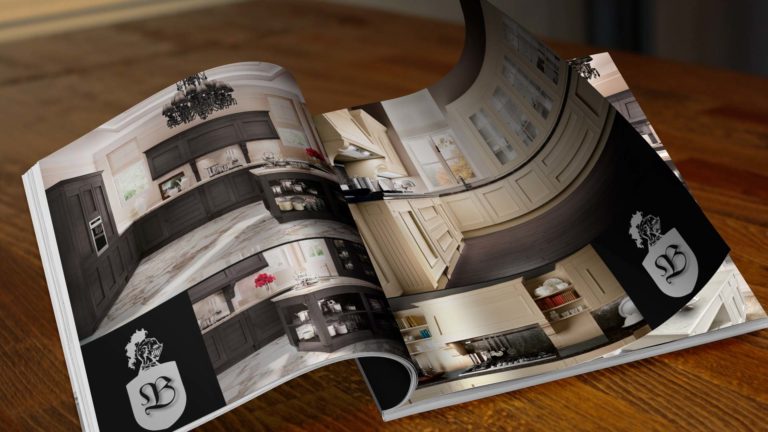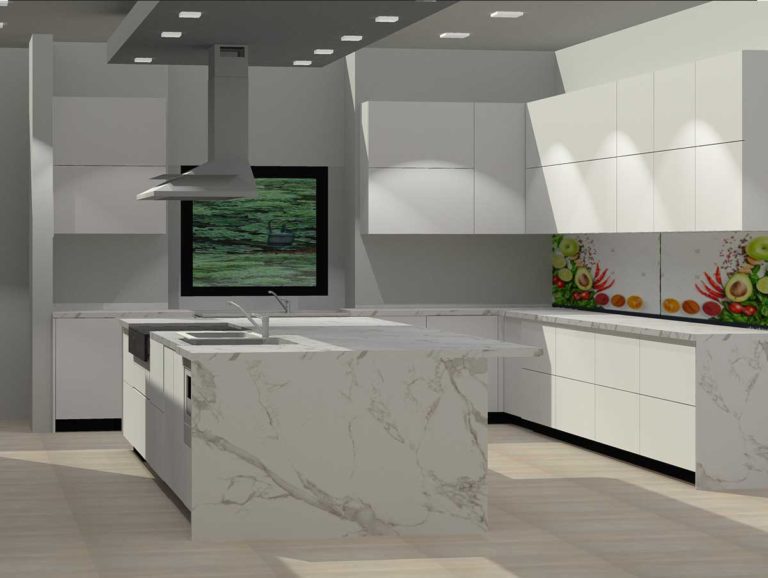Silestone is the first and only surface in the world certified by NSF International and GREENGUARD as a low-emitting product.
Silestone has been specified in some of the most prestigious global projects as the original quartz surface. It is constantly improving its outstanding performance with new colors, textures, and finishes.
Silestone is the smart choice for discerning homeowners who want to enjoy all the benefits of a natural stone countertop with none of the drawbacks. It’s also an excellent choice for eco-conscious consumers, as it contains recycled materials and is certified as a low-emitting product. If you’re looking for a high-quality, stylish countertop that will last a lifetime, Silestone is a perfect choice.
Cosentino, a Spanish company, developed Silestone and has since gained international recognition for its unique beauty and durability. It’s been dubbed the century’s technological breakthrough.
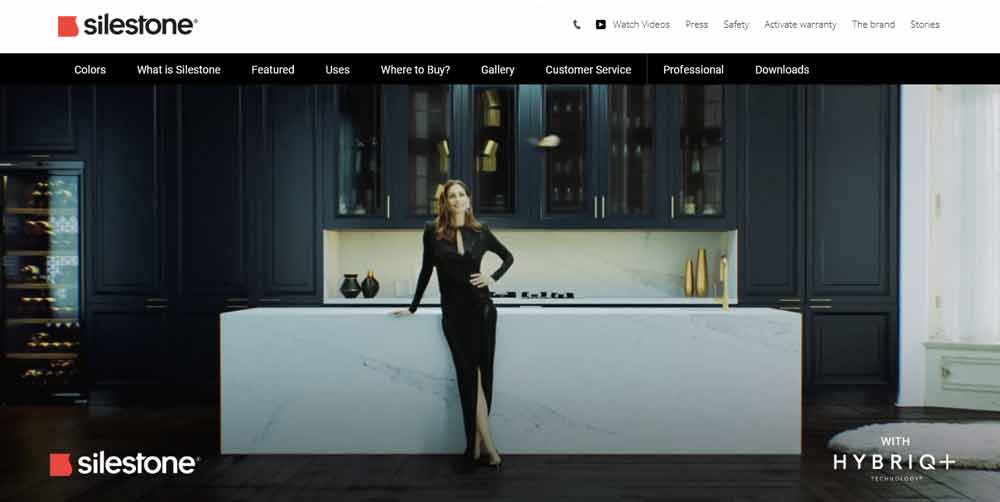
Some of the many features that make Silestone countertops the perfect choice for your home:
- Non-porous surface resists stains, spills, and bacteria
- Extremely hard and scratch-resistant
- Available in a wide range of colors, textures, and finishes
- Certified as a low-emitting product
- Contains recycled materials
If you’re looking for a countertop that combines beauty and function, Silestone is a perfect choice. It’s an excellent investment for your home and will give you years of enjoyment.
What Are Silestone Countertops?
Silestone is a popular brand of quartz countertops. Quartz is one of the hardest minerals on earth, making it an ideal material for countertops. Silestone countertops are non-porous, stain-resistant, and scratch-resistant. They’re available in different colors and patterns and can be customized to match any decor. Silestone countertops are an excellent investment for any home.
Silestone is a high-performance, hybrid surface that combines premium minerals with quartz and postconsumer recycled materials to create a more advanced, sustainable product on the market.
Is Silestone Cheaper Than Granit?
No, Silestone is not cheaper than granite. However, it is a more durable and longer-lasting material. It is also easier to care for and maintain than granite.
Silestone costs more than granite, although they vary according to the manufacturer. The cost of quartz per square foot is greater than that of granite. In the long run, Silestone is a wise investment with a 25-year warranty; you can rest easy knowing your countertops are covered.
Is Silestone Same As Quartz?
The short answer is, Yes!
While both quartz and Silestone are beautiful, durable, and low-maintenance, there are a few key differences between the two.
- Quarried quartz is a natural stone that comes from the earth. Silestone is an engineered product with 94% natural quartz, 6% polyester resin, and pigments.
- Quartz is less consistent in color and pattern than Silestone. Silestone has a more consistent color and design because it is man-made.
- Quartz is more susceptible to staining than Silestone. Silestone’s non-porous surface resists stains, spills, and bacteria.
- Quartz countertops need to be sealed regularly, yet Silestone countertops do not.
Silestone is a high-quality mosaic made of premium minerals, quartz, and recycled plastics that adds color and texture to your home.
Silestone is a countertop brand that uses quartz as its natural stone material, which is one of the most popular varieties.
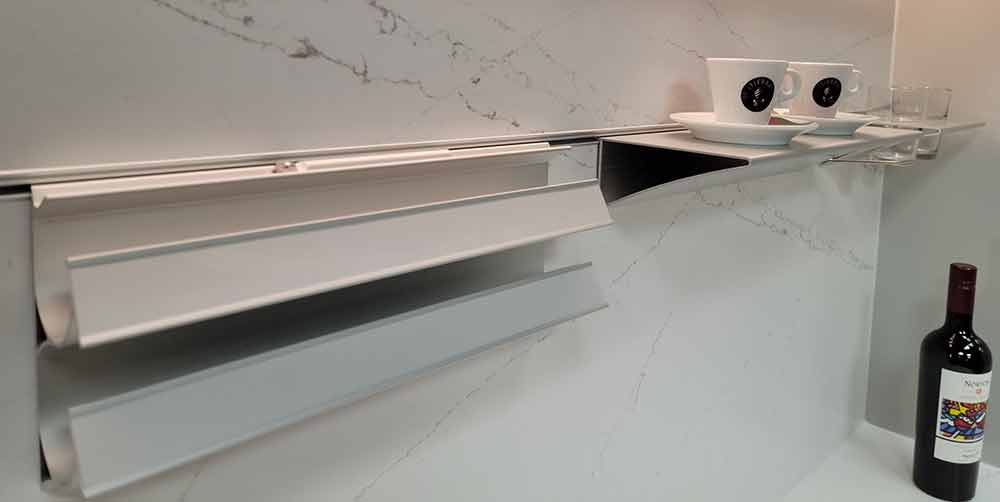
The Pros And Cons of Silestone?
Pros:
Because it’s composed of quartz, one of the toughest minerals found in nature, Silestone is scratch- and scorch-resistant. Because it is non-porous, food and liquids cannot seep below the surface, making stains difficult to avoid. Because Silestone has built-in antimicrobial protection, bacteria can’t grow on it. It’s also available in various hues and designs to suit every style and preference.
Silestone’s most appealing characteristic is its built-in antimicrobial protection to prevent bacterial growth. It’s also available in various colors and patterns to fit any budget or taste requirement.
Silestone is distinctive in that it reflects light differently than other materials. Because of the quartz’s sparkle and gleam, it catches the light in ways that different surface finishes don’t.
Although Silestone isn’t the most heat-resistant material available, it is designed to be stain and abrasion resistant and durable under some severe use.
Cons:
There are several disadvantages to Silestone as well, despite its many benefits. Quartz is present in Silestone, making it a manufactured product rather than a natural product. While it may replicate the look of granite and marble, it lacks the natural variances that give each stone its unique appearance.
Slab installation also requires careful planning to minimize visible seams, as Silestone is used in slabs. We don’t want to convey that Silestone is brittle or breakable. It certainly isn’t. Some of the same basic features that require more care than entirely manufactured materials are present in natural stone.
Silestone is known to be less heat resistant than other manufactured stones. Silestone is also more expensive than other artificial materials on the market.
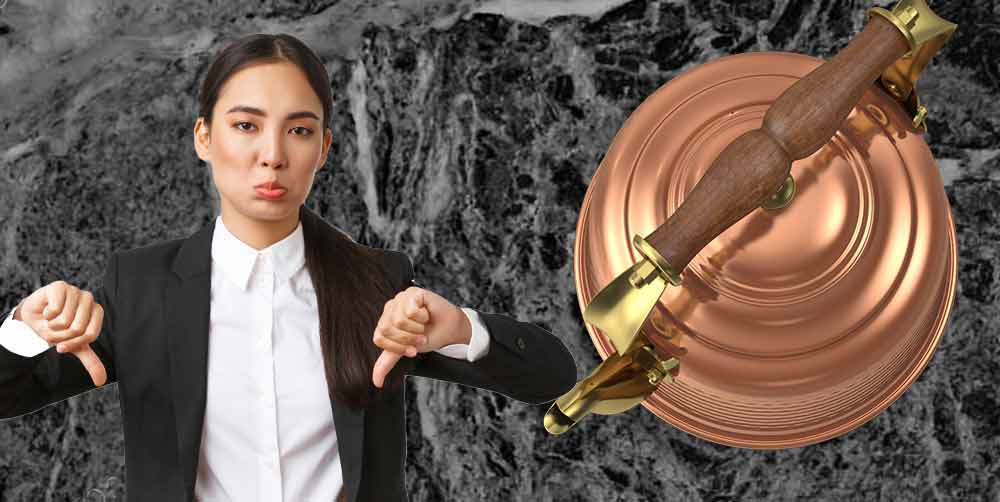
Can You Place a Hot Pan on Silestone?
Silestone is heat-resistant and can endure high temperatures for brief periods without being harmed. Due to thermal shock, particular exposure to heat might cause fractures in natural stones, just like with any other natural stone.
To protect against breakage and prevent burns, always use a rivet when putting hot items on Silestone.
Can You Use Vinegar on Silestone?
Yes! Silestone is durable and can withstand many spills and stains that might otherwise stain other countertops. Other than harsh chemicals, Silestone is resistant to almost any substance. From coffee to wine or even olive oil, Silestone can take it.
Is Silestone Worth The Money?
Choosing a suitable surface for your kitchen is essential. Your countertop will see a lot of activity, so you’ll want to choose a beautiful and durable material. Silestone may be the ideal choice for your kitchen with its many benefits. Although it is one of the more expensive countertop materials on the market, its beauty, durability, and easy maintenance make it well worth the investment.
While other countertops need regular sealing for protection, Silestone has a non-pours nature and requires no maintenance. You’re getting the best in every factor, which is why it’s such excellent value for money and a favored choice worldwide.
Is Silestone a Good Choice?
Yes, Silestone is an excellent countertop material choice for many reasons.
- First: It is composed of quartz, one of the hardest minerals on earth, making it scratch- and heat-resistant.
- Second: It is non-porous, meaning liquids and food cannot seep below the surface and cause stains.
- Third: Silestone is available in various colors and patterns to match any kitchen style.
Finally, Silestone is easy to clean and requires no sealants or other treatments. For all of these reasons, Silestone is an excellent choice for your new countertop.

How Long Do Silestone Countertops Last?
Silestone Countertops are expensive, but they’re well worth the investment. You may anticipate an attractive-looking counter that will endure for more than 25 years as long as you care for it. If something goes wrong before the warranty expires, Silestone will replace it.
Is Silestone The Same as Corian?
No! Corian is a solid surface that contains polymer with natural minerals. It is priced lower than quartz which is why some people prefer it. Corian is not heat resistant and can easily be scratched and stained. Silestone, on the other hand, is over 90% quartz and more durable than Corian. It can easily withstand spills and hot pans without being damaged. Silestone is the better choice for your countertop with its outstanding durability and beauty.
Is Cambria or Silestone Better?
Cambria is a type of aggregate quartz, available in a range of hues and textures, making it ideal for mimicking marble. It can also be created from sparkling and jewel-like components that cause it to sparkle. Cambria is the same price regardless of color. Cambria is more durable and resistant to wear than granite. Like Silestone, it doesn’t require sealing and requires little maintenance. Silestone is hard quartz, stain, and scratch resistant. No sealant is needed, and it stands up to heat. Silestone is less porous than Cambria, making it more resistant to bacteria.
It’s a good idea to have a professional install either countertop. Both are excellent choices, but Silestone may be better because of its durability and resistance to staining and heat.
The primary distinction between the two is the color and design choices available. Silestone doesn’t carry as many colors and patterns as Cambria.
What Is The Most Natural Looking Quartz?
Several natural-appearing quartz counters are available, with the following being the best three.
Caesarstone: The distinction between the two is that Caesarstone is manufactured from quartz, whereas quartzite is naturally-occurring quartz excavated and produced in its raw state.
Silestone: Quartz is the primary natural stone material of Silestone, one of the most popular countertop brands. Made from 94% natural quartz, this Silestone is as close to quartz as possible.
Cambria Quartz: Cambria is a superb example of quartz with a natural-appearing texture that’s 93% quartz and is available as a high-end countertop option.
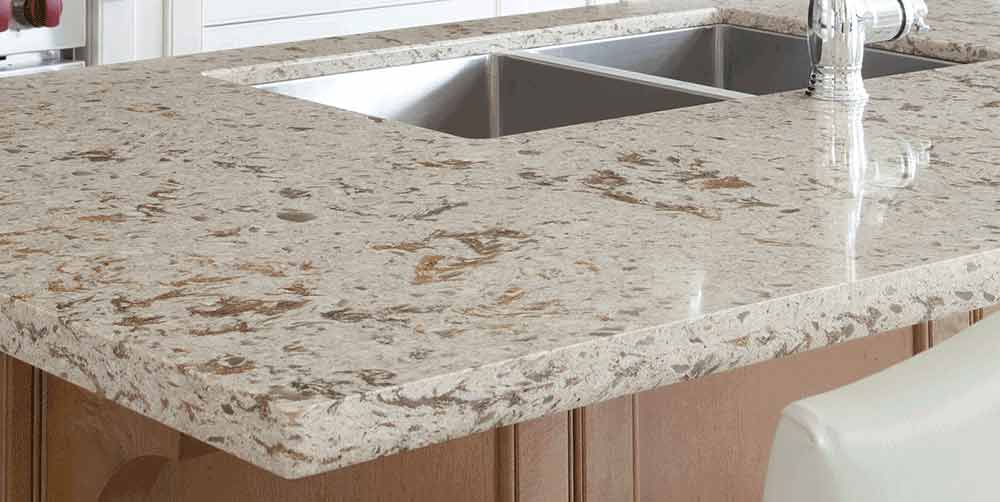
Cambria is the only brand of quartz crystal on the market that uses only the finest quality crystals, resulting in a depth and clarity that sets it apart from all others.
The Breton method, which involves diamond-coating quartz slabs, is used by Cambria, Silestone, and Caesarstone to produce their products.
These are the three most popular and best choices when it comes to counters that look like they came from nature. All three of these brands have various colors and patterns, so you will surely find one that fits your style perfectly.
Where is Silestone Made?
Silestone is the leading quartz line of Italian company Cosentino, located in Almeria, Spain. Silestone has been on the market since 1990 and, in that time, has become one of the most popular countertop materials.




